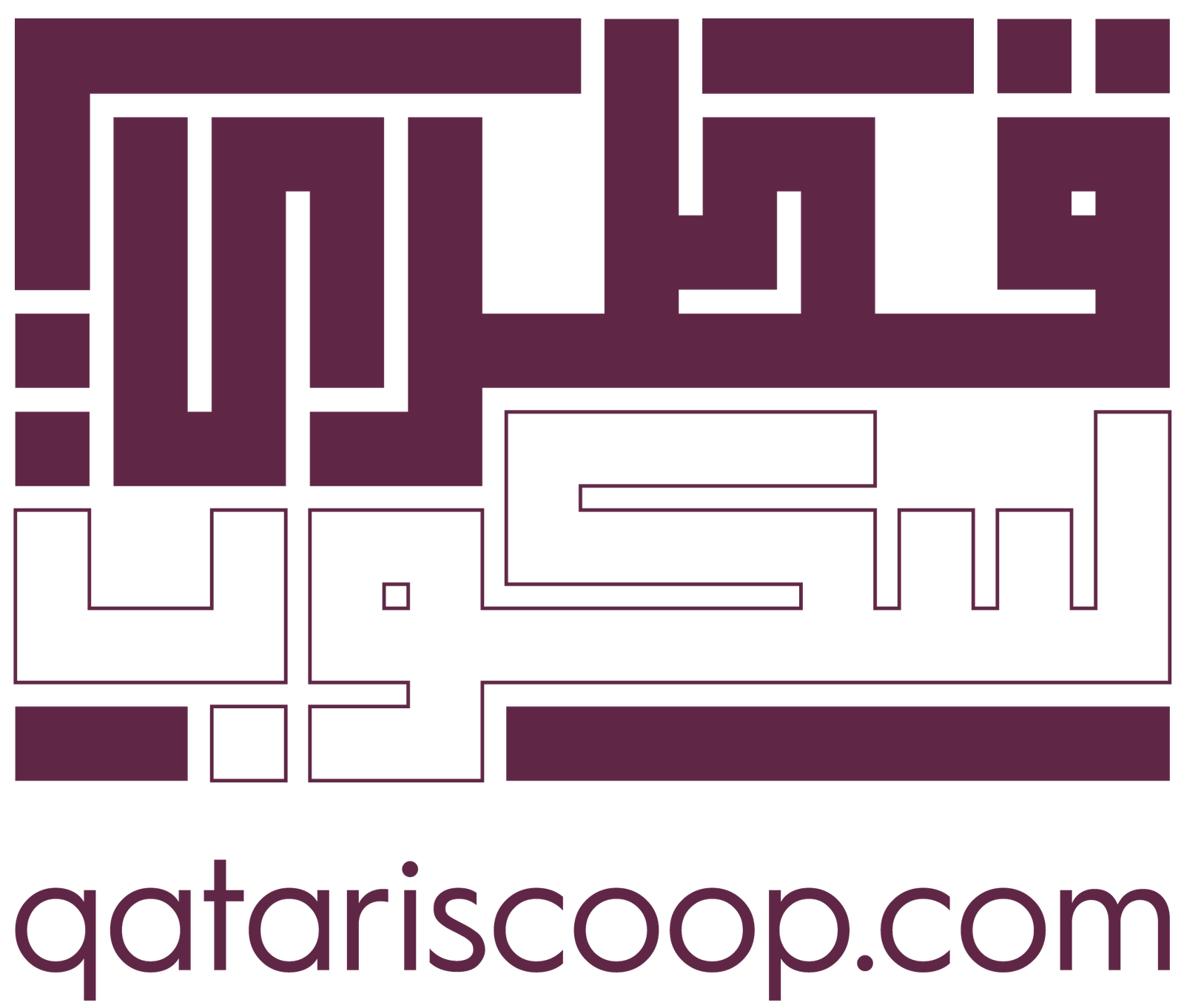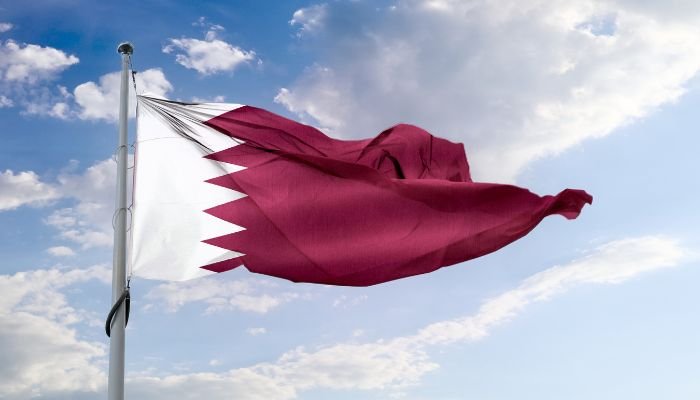Quick Facts – Qatar Flag (2025)
- Official colors: White and Qatar maroon (Al Adaam). Digital match often shown as hex
#8A1538(approximate). - Layout: Vertical white band at the hoist and a wide maroon field separated by nine white serrations.
- Proportion: 11:28, which makes the flag noticeably wider than most national flags.
- Current form: Standardized in 1971. Earlier serrated versions appeared from 1949.
- Symbolism: White for peace. Maroon recalls historic struggles and identity. The nine serrations are widely understood to reference Qatar’s place as a ninth entity in Gulf treaty arrangements of the early 1900s.
Qatar’s flag is one of the most recognizable in the region. This 2025 guide explains the maroon and white colors, the nine serrations, the evolution of the design, and the basic etiquette for displaying the flag correctly.
What the Colors Mean
The white band represents peace and clarity. The deep maroon, commonly referred to as Al Adaam, is deeply tied to Qatar’s history and identity. In modern usage, the shade appears slightly different across various fabrics and screens, so an approximate digital reference, such as hex #8A1538, is practical for graphic work.
Why There Are Nine Serrations
Along the line where white meets maroo,n you will see nine white triangles. They help distinguish Qatar’s flag visually and are commonly interpreted as a reference to Qatar’s position as a ninth entity within the Gulf treaty groupings of the last century. The serrations also create a clear difference from Bahrain’s flag.
History in Short
- Pre-20th-century tribal flags varied in color and symbols.
- By the mid-1900s, a maroon-and-white flag with serrated edges was in regular use.
- The modern layout and proportions were standardized in 1971 around independence.
Qatar Flag vs Bahrain Flag
People often confuse the two. Here is a quick way to tell them apart.
- Qatar: maroon and white, nine serrations, very wide 11:28 proportion.
- Bahrain: red and white, five serrations, standard 3:5 proportion.
Flag Protocol and Etiquette
Use these basics for homes, schools, events, and corporate displays.
- Keep the white hoist on the flagpole side and the maroon field flying free.
- Do not let the flag touch the ground. Replace faded or damaged flags.
- When flown with other flags, raise Qatar’s first and lower it last.
- Half-mast use should follow official announcements.
- For both printed and digital layouts, maintain crisp serrations and a consistent maroon color.
How to Display the Flag at Events (Step by Step)
- Choose a clean pole and position the white hoist at the mast side.
- Ensure the flag is free of creases and knots.
- If multiple flags are present, place Qatar’s in the position of honor.
- Illuminate the flag at night or lower it before dark.
- Store the flag folded neatly and keep it dry.
FAQs
Neither in strict terms. It is a deep maroon called Al Adaam. On some screens, it can look closer to purple or red, but the intended shade is maroon.
They create the serrated border between white and maroon and are widely understood to reference Qatar’s position as the ninth entity within the Gulf treaty arrangements of the early 1900s. They also make the flag distinct from Bahrain’s.
White stands for peace. Maroon reflects Qatar’s history and identity. The nine serrations add historic context and create a unique silhouette.
The standard proportion is 11:28, which is wider than most flags and contributes to its distinctive look.
The present form was standardized in 1971, with earlier serrated designs in use from 1949.
Related Guides
For a cultural deep dive before you visit museums and landmarks, see National Museum of Qatar.
Learn about the country’s emblematic wildlife in Qatar’s National Animal: Arabian Oryx.
Research times and services for study visits via Qatar National Library.
DISCLAIMER:
This blog post is for informational purposes only. We make every effort to provide accurate, current, and well-sourced information, but we cannot guarantee its completeness or absolute accuracy.
All images, videos, and logos used on this page belong to their respective owners. We aim to credit and reference them appropriately. If you are the rightful owner and wish to have your image, video, or logo removed, please contact us.
Author
-
Owais Qarni is the cofounder and author at Qatariscoop. A Dreamer, Explorer And Optimist!
View all posts
His work focuses on creating informative and engaging content, offering fresh perspectives on topics relevant to both local and global audiences.













